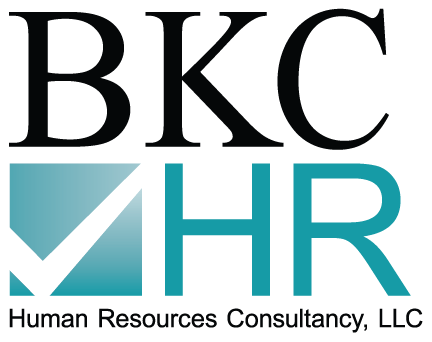 If your business is involved in developing or improving your products, you may be eligible for a federal research and development (“R&D”) tax credit. The requirements for expenditures that qualify for R&D tax credits have changed over the years. No longer must your product be new to the market place, the experimental process related to the product must be new only to you.
If your business is involved in developing or improving your products, you may be eligible for a federal research and development (“R&D”) tax credit. The requirements for expenditures that qualify for R&D tax credits have changed over the years. No longer must your product be new to the market place, the experimental process related to the product must be new only to you.
R&D activity can arise from three different types of activity: the decision to develop a new or improved product, unplanned activity that will result in improved technology, or planning for future development to improve a process.
The following are types of businesses will qualify for the R&D Tax Credit: Manufacturing, Engineering Firms, Agriculture, Food & Beverage Production and Software Developers. The R&D Activity must take place in the United States, Puerto Rico, or any possession of the United States. Foreign activity is not allowed, even if it is performed by a U.S. person, or company.
To qualify for the R&D Credit, the business must meet all four of the following tests: 1) The Section174 test, 2) The discovery test, 3) The business component test, and 4) The process of experimentation test.
The Experimentation Process must be documented. The following activities must be recorded in a log book maintained by the client:
- Identify the issue regarding the invention of a new product, or the improvement of an existing product.
- Identify one or more alternatives that could be incorporated into the existing product, or process.
- Conduct testing of the idea and document the process of evaluating the alternative ideas.
Remember, the process does not have to be successful to qualify for the R&D Credit.
Best Practices for Recordkeeping of Laboratory Log Books include:
- Use bound notebooks, with entries made on a daily basis to document testing and the results from specific tests.
- Each entry in the Log Book should be dated.
- The Log Book should include, the concept of the invention, drawings, and observations of the R&D activity performed.
- Entries should be written in ink. Corrections should be crossed out, DO NOT WHITE OUT.
- If an electronic Lab Note Book is maintained on a computer, the activity for each day should be printed out, signed, dated and attached in a bound note book.
- A separate Lab Notebook should be kept by each person performing R&D Activity.
As of early December 2013, the R&D tax credit was due to expire as of December 31, 2013. However, the history of the R&D credit has been that the credit has been instituted on a temporary basis for a couple of years, but has always been extended.
We can determine if your business qualifies for the R&D credit. If you have any questions about this tax credit or any other tax incentives available for your business, please contact Andrew Ross, CPA at Bedard, Kurowicki & Co., CPA’s at (908) 782-7900 or visit www.bkc-cpa.com.




